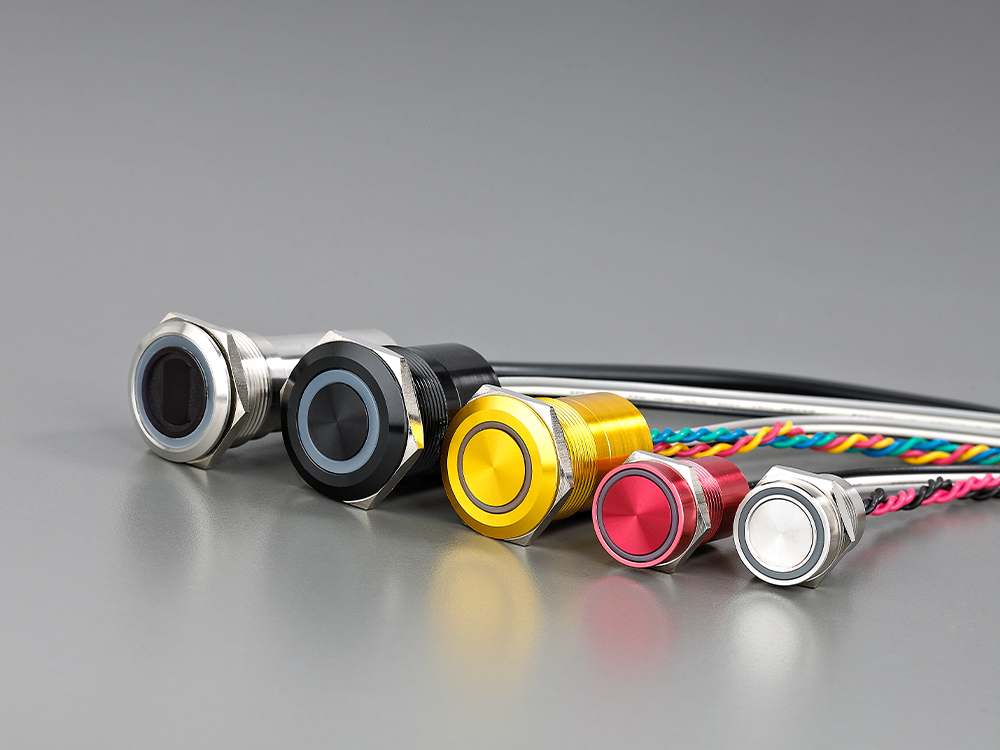
Button switches, commonly referred to as special buttons, are a fundamental tool in circuit control systems. These switches utilize buttons to engage or disengage the transmission mechanism, ensuring the connection or disconnection of moving and static contacts, thereby performing the crucial task of circuit switching. With their simple yet versatile design, button switches find extensive applications in various industries. This blog post will explore the remarkable features and benefits of button switches, underscoring their significance in modern technologies.
The exceptional versatility of button switches is a testament to their wide range of applications. From everyday consumer electronics to complex industrial machinery, these switches act as the gateway for controlling different circuits. Whether it's turning on a household appliance, operating a vehicle's dashboard controls, or controlling large-scale manufacturing equipment, the reliability and responsiveness of button switches enable effortless circuit switching. Their compact size and ease of installation make them an ideal choice for both small-scale and large-scale systems.
Button switches are built to withstand continuous and repetitive usage, making them highly durable and reliable. Their robust construction ensures long-lasting performance even in demanding environments. By employing high-quality materials such as stainless steel, copper, and plastic, button switches can endure extreme temperatures, resist oxidation, and offer excellent electrical conductivity. This durability factor ensures year-round functionality and reduces the need for frequent maintenance or replacement, adding value to the overall system.
Ensuring safety is of paramount importance in the design and manufacturing of button switches. From the simplest household switch to the most intricate industrial control panel, advanced safety measures are implemented to prevent accidents such as electric shocks or short circuits. High-quality button switches incorporate insulation materials, non-conductive housing, and innovative switching mechanisms to minimize the risk of malfunctioning. Furthermore, additional features like water resistance and flame retardancy enhance overall safety levels.
With technological advancements driving innovation in every industry, button switches continue to evolve and adapt to emerging needs. Manufacturers are designing specialized button switches with advanced features like LED illumination, tactile feedback, and programmable functions. These enhancements not only improve user experience but also provide enhanced control options for complex systems. The future of button switches holds exciting possibilities, as their integration with wireless communication and smart systems opens up new avenues for convenient and intelligent circuit control.
In conclusion, button switches remain an indispensable component in circuit control mechanisms, facilitating seamless and efficient circuit switching. Their simplicity, versatility, and robustness make them suitable for diverse applications, while advanced safety features ensure the protection of users and equipment. As technology advances, button switches are poised to evolve further, paving the way for enhanced control, user experience, and integration into smart systems. Stay tuned to witness the remarkable advancements in button switch technology that will shape the way we interact and control circuits in the future.












